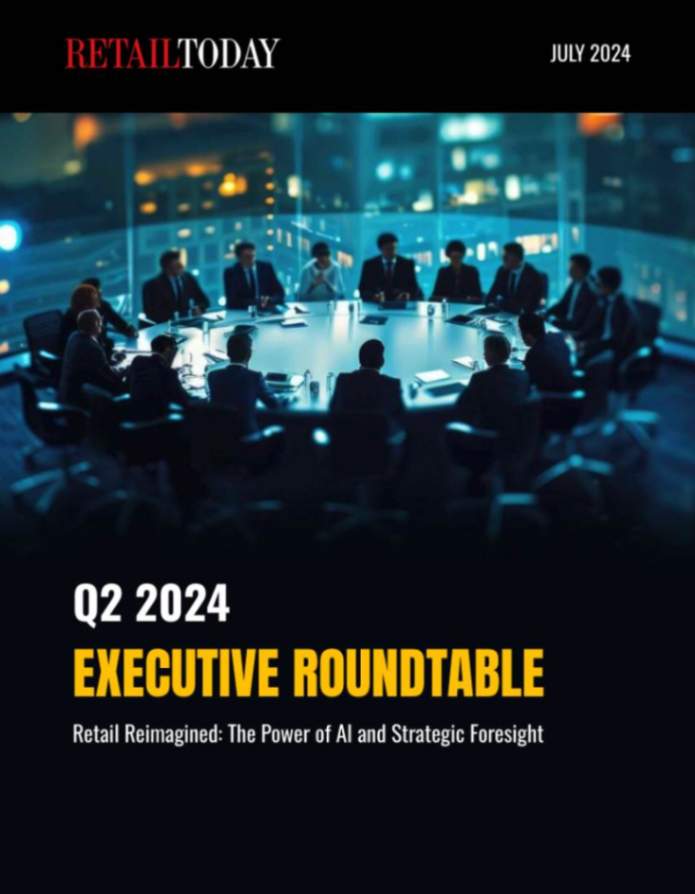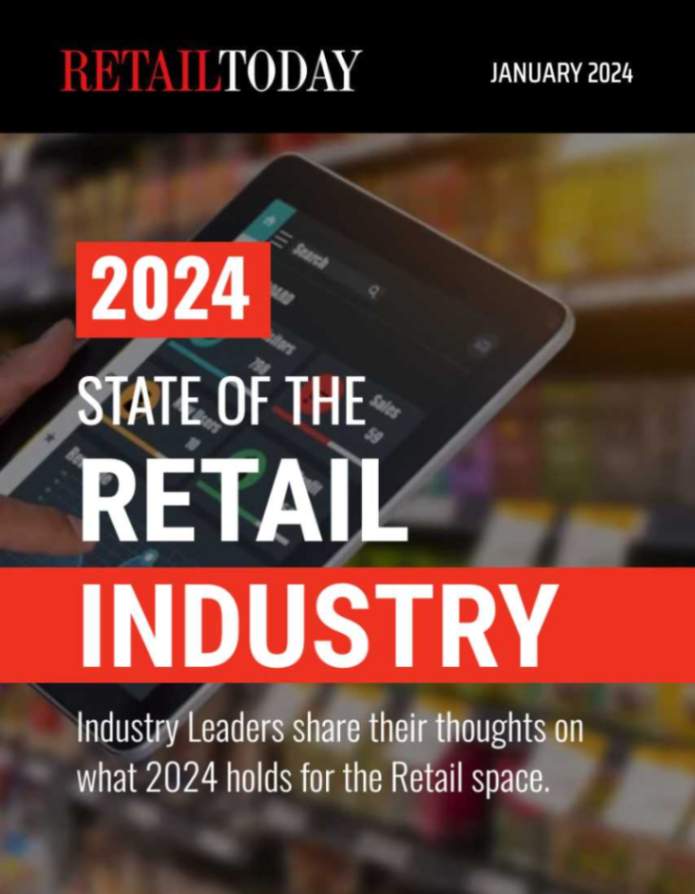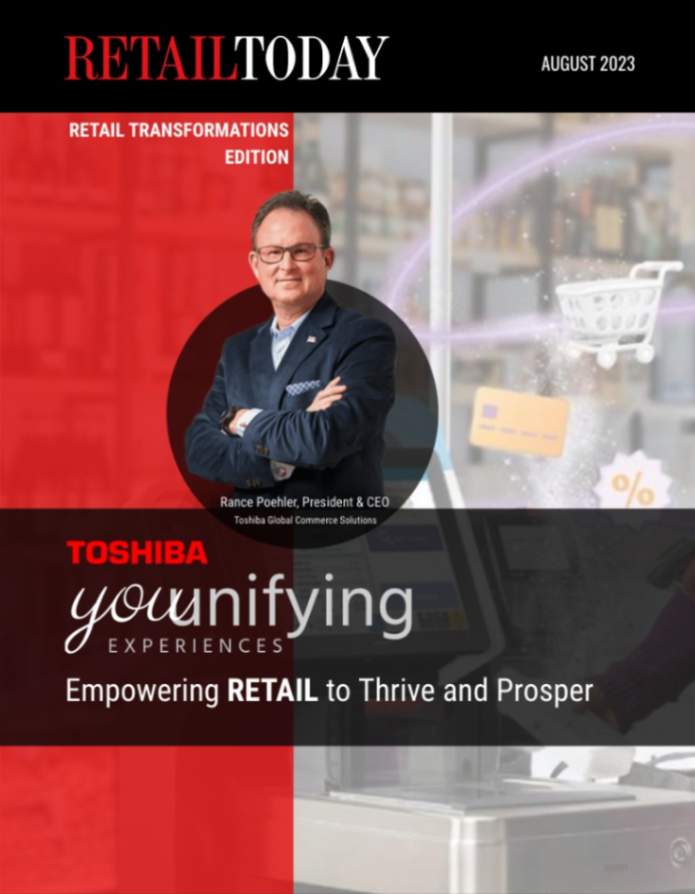
2022 was a uniquely challenging year for American retail, and our economy as a whole. Inflation skyrocketed during the spring and summer months, capping off at 9.1% in June. While the latest figure for October simmered to 7.7%, inflation remains remarkably high. The Fed hopes to keep inflation on a downward swing as 2022 gives way to 2023, but with that hope comes widespread fears of a recession.
Inflation and a potential recession typically mean less disposable income for Americans, and as a result they’re likely to cut-out non-essentials. Combine less consumer spending with rampant overstocked inventory, and retailers may be in for another difficult year. On the bright side, retailers who plan their 2023 ecommerce strategies around consumer trends will perform better than those who don’t. By optimizing social commerce, experimenting with immersive shopping experiences, and focusing on omnichannel, retailers can enhance shopping experiences to meet consumer demands.
An Optimal Social Strategy
For today’s retailers, social media is an increasingly important channel to attract customers. According to a recent Zippia survey, 77% of U.S. workers use social media during their workday. Pair this with findings from Sitecore’s 2022 Holiday Report, which found 62% of Americans shop during their working hours and almost half (49%) admit to making impulse purchases – clearly, there’s a window of opportunity here for retailers to capitalize on new shopping trends.
From a user experience (UX) perspective, retailers who prioritize building a social-friendly shopping platform, which prioritizes daytime advertisements and flash sales, can capitalize on those who browse at work. Retailers should ensure their social media posts and advertisements allow users to seamlessly transition from the social channel to the store’s website, and quickly add the item that caught their eye to their cart. To acquiesce with daytime shoppers, retailers should target a sizable portion of their promotions during daytime hours to yield purchases from impulsive, 9-5 shoppers.
Don’t Quit on Meta
While Zuckerberg’s metaverse dream has seemingly crumbled before our eyes, our recent Perceptions of the Metaverse Report demonstrates that consumers remain hungry for more meta experiences. Nearly half (49%) are excited by the prospect of virtually trying or testing retail products, and specifically 37% desire the ability to “to try on shoes, clothes, or makeup before purchasing.” Lastly, nearly nine of every 10 consumers expected their brands of choice to join the metaverse within the next few years.
It’s clear that the future of e-commerce still resides in immersive experiences that go beyond the current standard of just product photos from various angles. Retailers should look to build “meta-like” experiences into their online stores to provide a futuristic, 3D environment where consumers can virtually trial and experience products.
The Omnichannel Difference
“Omnichannel” has long been a buzzword in retail circles, and for good reason. Today’s shoppers utilize multiple channels to receive ads, browse products, and make purchases, from in-person to online and social media. The Harvard Business Review found that 73% of consumers prefer multiple shopping channels, and TallySoft’s research identified 85% of consumers beginning a purchase on one channel and executing it on another. It’s essential for retailers to conceptualize their overall marketing and sales strategy as an omnichannel effort, where each channel is an extension of their brand, rather than separate entities.
For example, shoppers may see an ad for a product of interest on Instagram, then hop over to the website to see if it’s in stock or available in their size. From there, an effective omnichannel strategy will offer both delivery and in-store pickup options. If the user opts for in-store pickup, this provides an opportunity for an additional sale if something else catches their eye while they’re in-store. This is a real possibility when in-store, online, and social teams work in harmony, so all channels are updated and maintained in real time.
Sitecore’s own data also points to the value of an omnichannel approach, with our 2022 Brand Authenticity Report demonstrating a split in consumer channel preferences; 30% are digital only, and 46% prefer the in-store experience. Brands who work to enhance the customer experience across all channels and mediums have the best chance at bolstering overall customer loyalty.
While the poor economic outlook for 2023 points to potential retail pitfalls, a pleasant surprise may be in store for the companies who identify and adapt to consumer trends through digital experience. A focus on social media, more immersive UX, and an overarching omnichannel business plan will help retailers drive revenue in 2023 and beyond.
Paige O’Neill is chief marketing officer at Sitecore. She brings over 20 years of experience in senior marketing roles crossing many areas of enterprise software, customer experience and cloud computing. As CMO, she combines product marketing expertise with an extensive background in communications and a passion for developing thought leadership programs that build awareness, differentiation, and demand.







